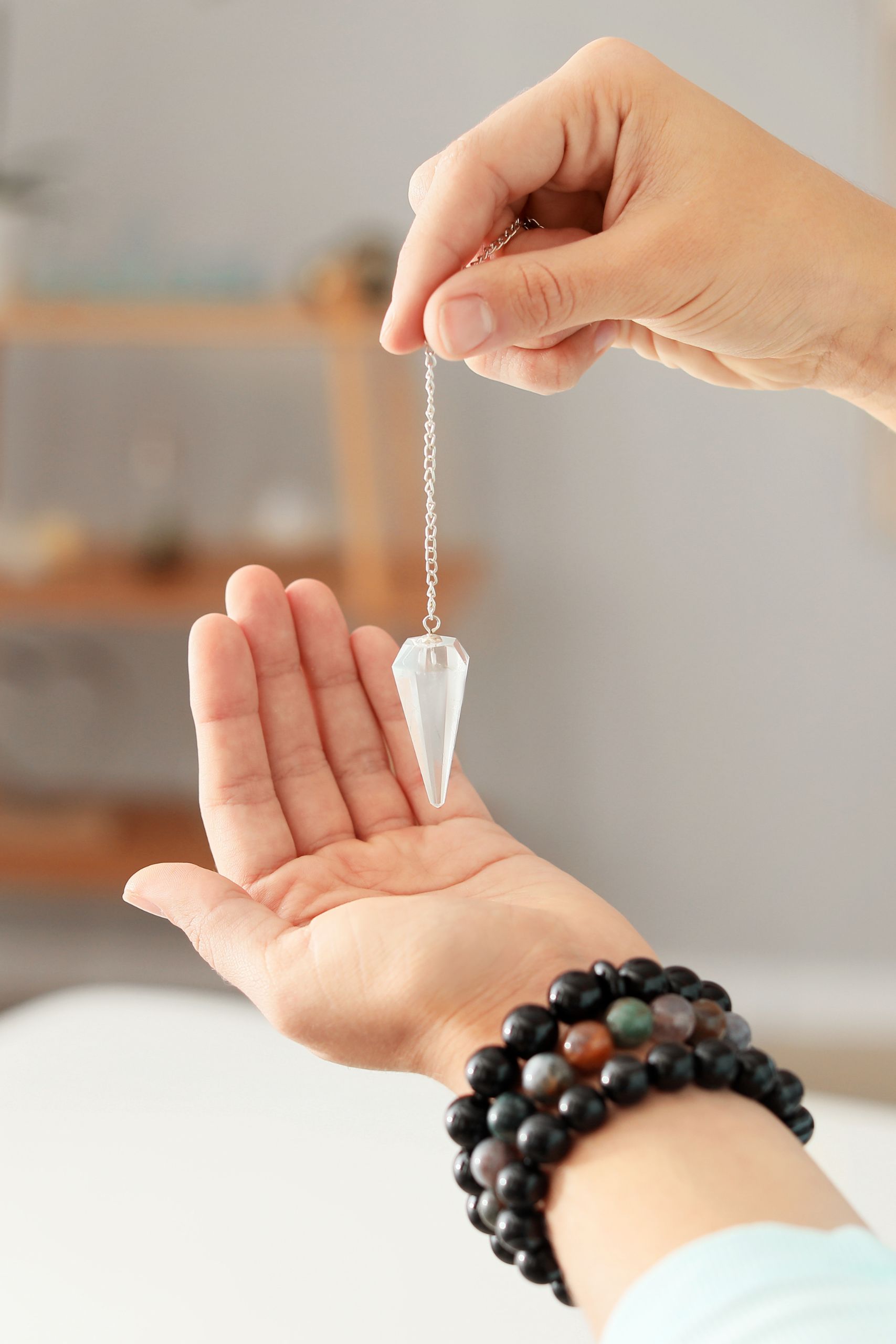Have you ever been told that you need to fully feel your emotions? My therapist told me that for years, but I never quite felt like I understood what she meant. Feel the feels? Sure, we talk about the feels… I intellectualize the feels… she reminds me not to judge them… but truly FEEL my emotions? What does that actually mean?

It wasn’t until I started thinking about emotions as energy in motion that I began to have somatic awareness—a conscious perception of physical sensations and reactions—as I experienced an emotion in real time.
✨ Here’s the shift:
- Before: I was trying to “feel” emotions only in my mind, like I had to analyze or think harder about them.
- After: I began to notice and become aware of emotions in my body—as tightness, heat, tingling, heaviness, release.
That’s when it clicked: emotions don’t live in your head alone. They also live in your body. (Which is one reason why regular Emotion Clearing sessions are so important—because when emotions get stuck in the body as unprocessed energy, they weigh us down. Clearing them helps you create space for new resilience, alignment, and flow.)
✨ Ready to Experience Emotion Clearing? My Emotion Clearing sessions are designed to gently release stored emotional energy so you can feel lighter, clearer, and more aligned in your body. 👉 Learn more about Emotion Clearing here »
What Is Somatic Awareness?
At its core, somatic awareness is about being awake and present to the sensation of energy in motion through your human body:
- Anxiety might feel like buzzing or shallow breath.
- Grief might feel like heaviness in the chest.
- Anger might feel like heat rising in your face or shoulders.
- Joy might feel like an opening in the chest or lightness in the belly.
Somatic awareness is essentially energetic listening. Instead of only hearing your thoughts, you’re tuning into the frequency of your body. Over time, you’ll hear it more clearly, and earlier—before stress snowballs into shutdown.
When you build somatic awareness, you begin to:
- Become more present in your body.
- Tune into your body’s signals before they escalate.
- Process emotions in real time instead of storing (trapping) them for later.
Why This Matters
Most of us have been conditioned to process emotions intellectually—we talk about them, analyze them, explain them. That’s helpful, but it’s incomplete. It’s not about overthinking or overanalyzing—it’s about being awake to the energy in motion through your body.
Your body is not just carrying you through life—it’s speaking to you, constantly. The invitation is simple: listen. Every sensation is a form of energetic feedback. If you miss those cues, you miss the chance to regulate, release, and reset.
Developing and practicing somatic awareness helps prevent “trapped emotions” and the heavy backlog of unprocessed energy.
Everyday Examples of Energy in Motion
To make this concrete, here are some simple ways you’ve already felt emotions as energy:
- That pit in your stomach before a hard conversation.
- The way your shoulders drop instantly when someone safe walks into the room.
- The lump in your throat when you’re holding back tears.
- The goosebumps you get when a song hits you in just the right way.
These are not random sensations—they are your body’s way of processing energetic movement.
Simple Ways to Develop Somatic Awareness
Developing somatic awareness and moving from talking about emotions to actually feeling them will be a continuous, on going practice. At first, it might feel subtle or even strange—like listening to a new language. The more you practice, the clearer your body’s signals become. The more attuned you become to those signals, the more you expand your capacity to process emotions in real time, rather than storing them as tension, exhaustion, or heaviness.
Here are some practical tools to begin cultivating this connection:
1. Body Scanning
Start at one end of your body (toes or head) and slowly move your attention through each part. Notice sensations, tension, or discomfort. This practice helps you “catch” signals you usually miss.
2. Progressive Muscle Relaxation
Tense and then relax different muscle groups. It reveals where you hold tension and teaches your body the contrast of release. (I often find I’m clenching my jaw without realizing it until I do this.)
3. Breath Awareness
Observe your breath as it enters and exits your body. Notice if you’re sighing heavily, yawning a lot, or taking shallow breaths. These are all energetic signals. A two-minute breath check-in can completely shift your state.
4. Yoga
Yoga combines physical movement with breath and mindfulness. Whether it’s Yin, Hatha, or even gentle stretching, yoga creates a space to notice how energy moves in your body. Always honor your body’s limits and listen to its cues.
5. Mindful Eating
Engage your senses fully as you eat. Notice textures, tastes, and how your body responds. I like to do this with my morning coffee or a special treat—it transforms something ordinary into a somatic check-in.
6. Sensory Exploration
Touch textures, listen to music, savor scents. Pay attention especially to your hands and feet, which are constantly stimulated but rarely noticed mindfully.
7. Body Awareness Activities
Dance, martial arts, mindful walking—anything that pulls your attention into the body. Try moving freely like a child, without judgment. Notice how it feels to take up space with your physical presence.
✨ Reflection Prompt: This week, notice the first physical sensation you feel when stress shows up. Where does your body whisper first—jaw, chest, stomach, shoulders? Start there.



